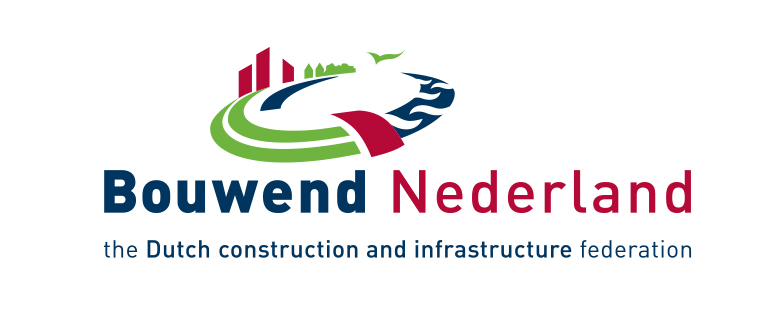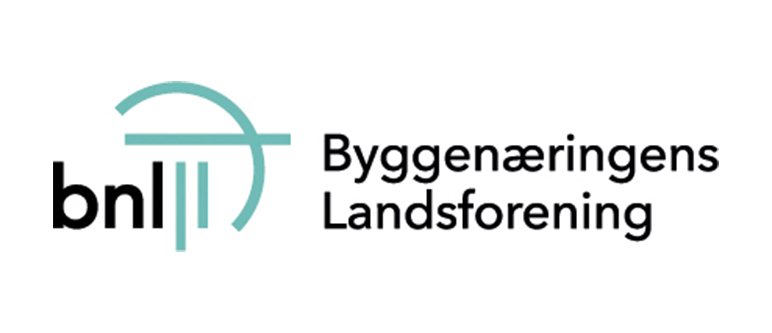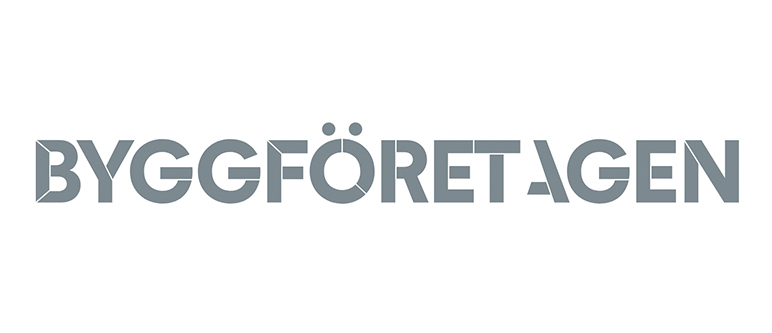Overall construction activity
In 2019, the evolution of the construction sector was particularly positive. The sector recorded a growth rate of 12.3% compared to 7.9% in 2018. In Q1 to Q3 2019, the number of building permits also increased by 6.7% The expectations of the companies in the construction sector in 2019 remained unchanged. However, construction output fell by 4.2% from Q1 to Q3 2019 compared to -14.5% in 2018, as the marginal increase in the construction sub-index was offset by the decrease in the sub-index of civil engineering (infrastructure projects).
Housebuilding
During 2019, investment in the real estate market, both for residential and commercial uses, increased. Measures to stimulate the real estate market were adopted recently: The three-year suspension of VAT on buildings, and the gradual restoration of mortgage lending are expected to boost housing demand. Foreign investment led to an increase in property prices. However, this increase was local and mainly driven by a strong interest in the short-term renting sector, while there was no similar increase across the market since domestic demand remained at a low level.
GDP 2019
BILLION
POPULATION 2019
Total investment in construction in 2019
BILLION
Non-residential construction
Despite the tendency towards improving conditions in the real estate market, construction activity remains limited and shows a negative rate for offices, shops and hotels in terms of building volume. Overall, from Q1 to Q3 2019 the number of building permits in commercial building increased by 1.4%, compared to the corresponding period of 2018. The building volume increased by 4.2%. The number of building permits for the construction of hotels increased by 24.1% compared to 57.5% in 2018 while the volume in this segment decreased by 6.4%. These figures can be considered as a correction of the particularly high positive rates of the previous period. Reductions were recorded in both the number and volume of new building permits for offices (-32.0% and -20.5% respectively) and stores (-11.6% and -25.2% respectively). These negative rates reflect the lack of demand for either the use of new or the occupation of existing vacancies.
Civil engineering
Civil engineering recovered only recently, with the first upswing appearing in 2017. Increasing tax revenues and declining public deficit in the wake of the economic upswing stimulated transport investments in 2018. Therefore, total civil engineering activity continued to increase reaching a growth rate of 3.1% in 2018. It was mainly the expansion of the rail network that contributed to the good result in civil engineering. In 2019, activity in civil engineering continued its growth path, although at a slower pace. Investments of the Austrian Federal Railways were significantly lower. This reduction in investment could not be compensated by an increase in investments for road infrastructure (4.6% in 2019). Therefore, the growth rate in civil engineer-ing was only at 2% in 2019.
| Per cent variation of investment in real terms on previous year | |||||||
| investment Mln. € fixed prices | |||||||
| Sectors | 2019a | 2016 | 2017 | 2018 | 2019a | 2020b | |
| 1. | Building | 1,382 | -14.9 | -7.1 | 15.3 | 12.6 | NA |
| 1.1. Housebuilding | NA | NA | NA | NA | NA | NA | |
| 1.1.1. New | NA | NA | NA | NA | NA | NA | |
| 1.1.2. R&M | NA | NA | NA | NA | NA | NA | |
| 1.2. Non residential (c) | NA | NA | NA | NA | NA | NA | |
| 1.2.1. Private | NA | NA | NA | NA | NA | NA | |
| 1.2.2. Public | NA | NA | NA | NA | NA | NA | |
| 2. | Civil Engineering | 6,316 | 33.7 | -0.4 | -22.9 | -4.2 | NA |
| (1 + 2) | Total Construction | 7,698 | 25.3 | -1.2 | -18.7 | -1.6 | NA |
| a: estimate - b: forecast - c: incl. R&M | |||||||



































